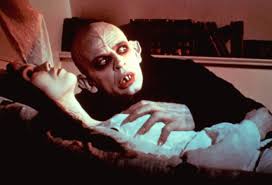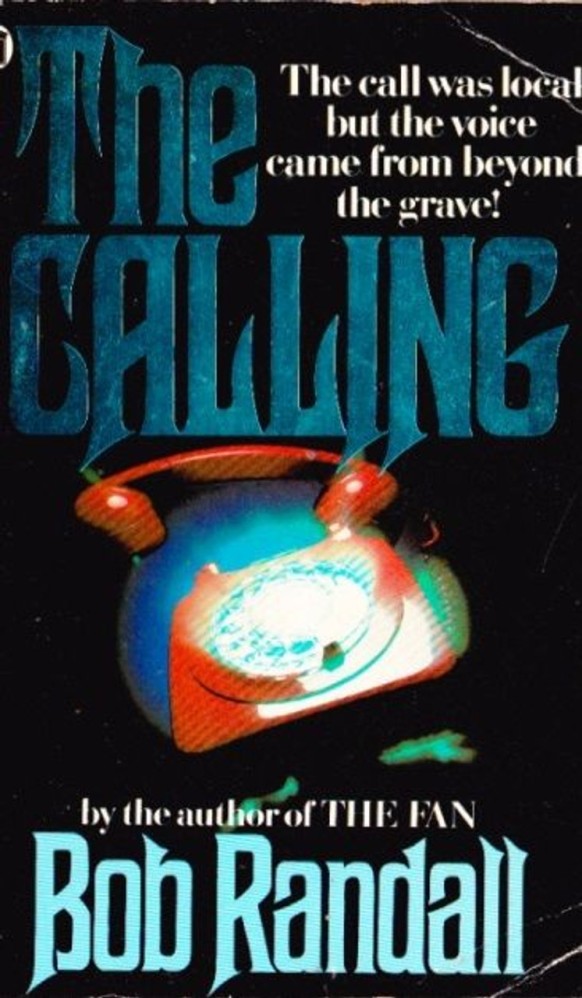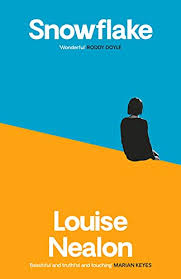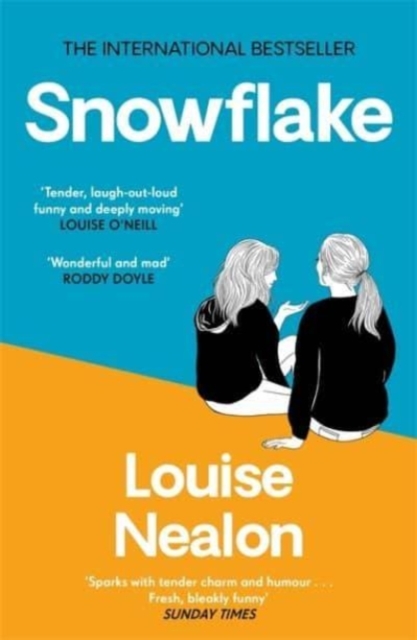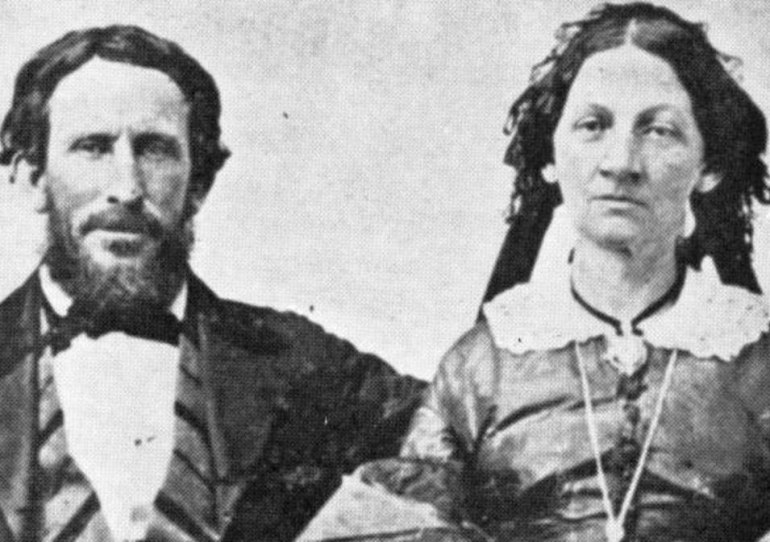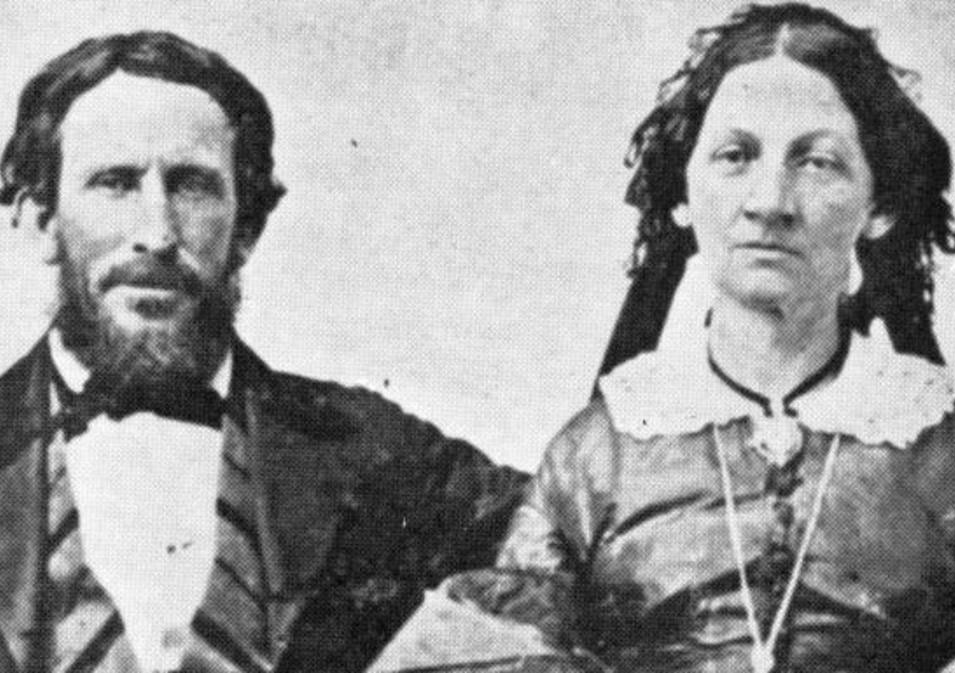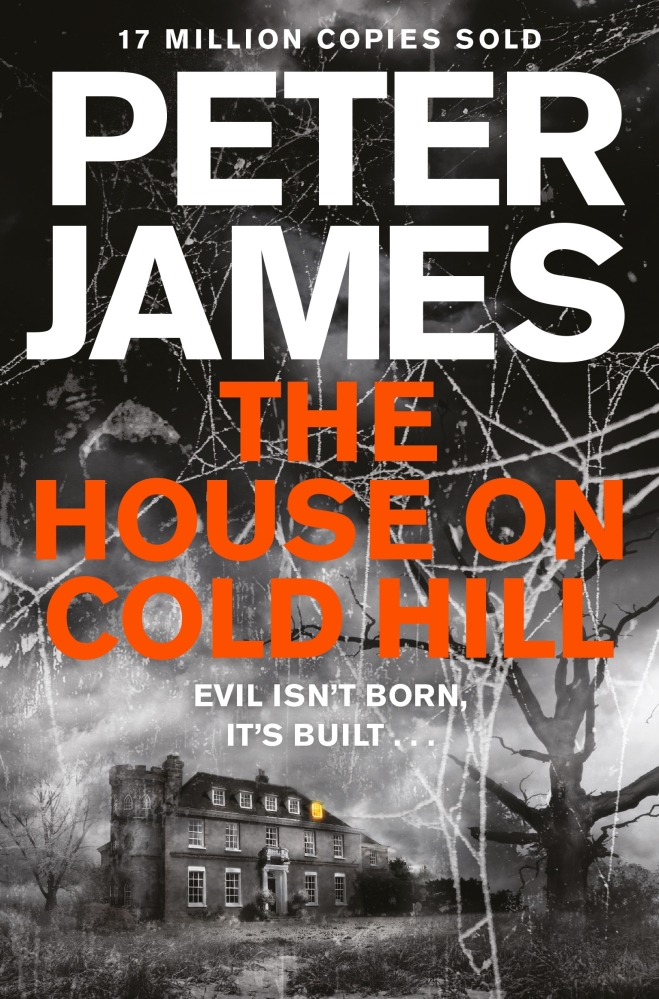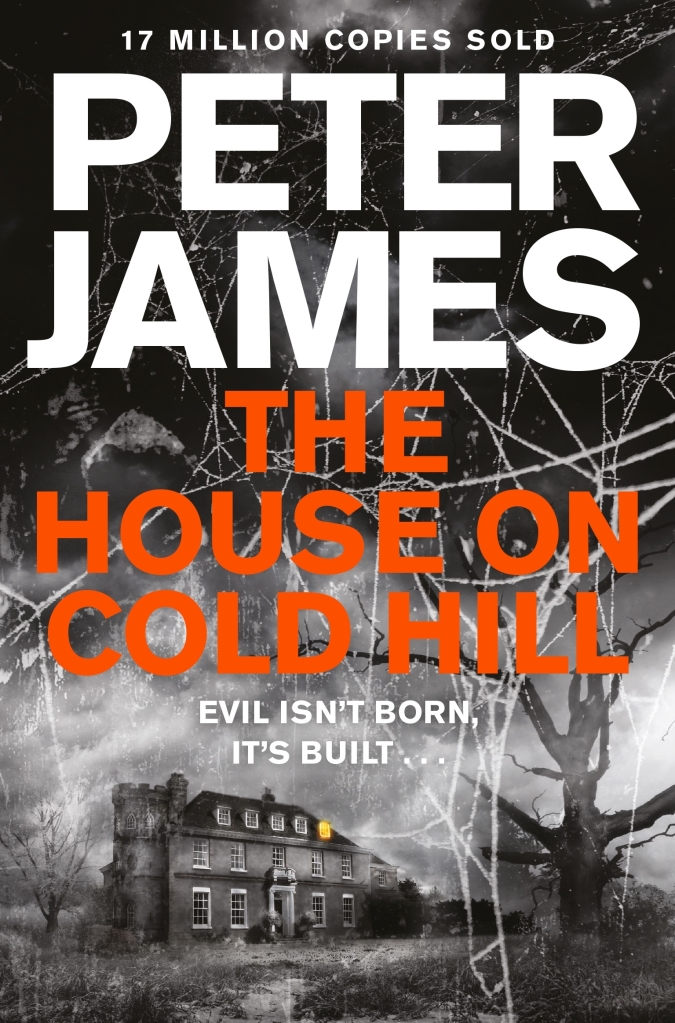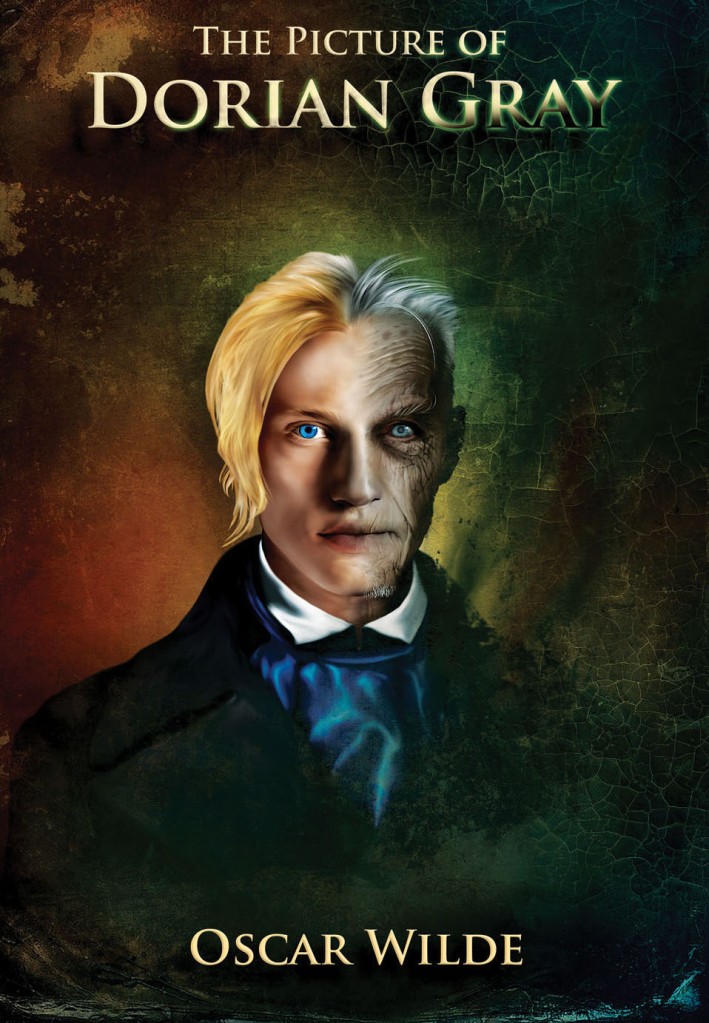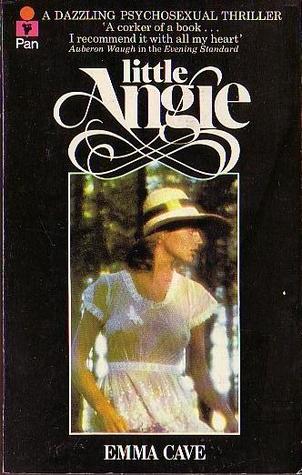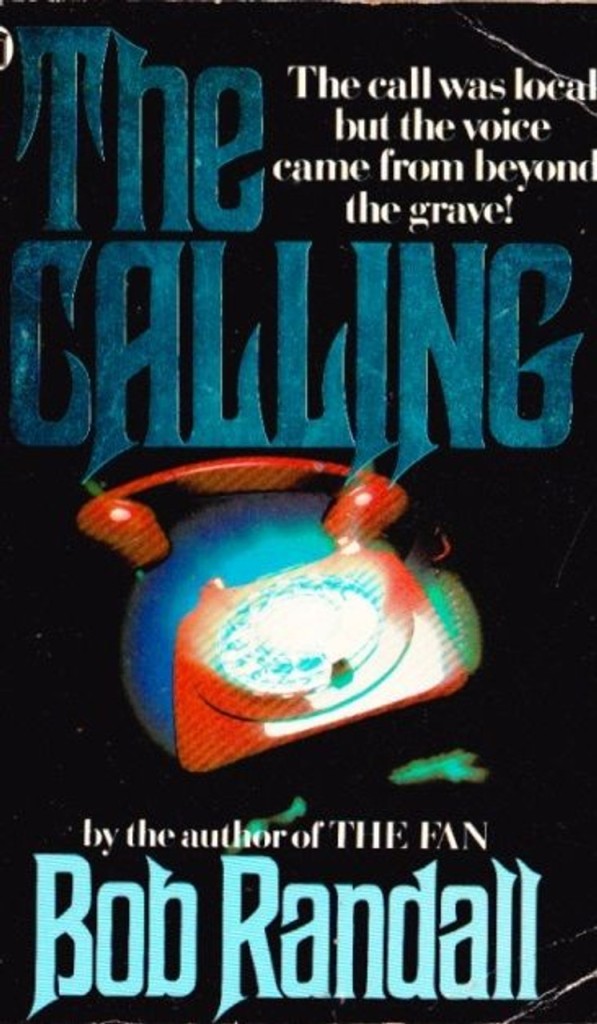
THE CALLING BY BOB RANDALL (1981).
BOOK REVIEW BY SANDRA HARRIS. ©
This is one of my favourite old horror books, along with Robert Bloch’s PSYCHO, Robert Marasco’s BURNT OFFERINGS, Shirley Jackson’s THE HAUNTING OF HILL HOUSE and Ira Levin’s ROSEMARY’S BABY.
It’s one of those little old paperback books that you pick up out of curiosity in the second-hand bookshop, and then you take it home and read it and you never forget it till your dying day, lol. I’m surprised a horror film wasn’t made from it, that’s how good it is.
It’s the story of Susan Reed, a New York housewife in the early ‘Eighties who seems to have been singled out for a particularly sinister destiny. At first, everything is normal enough. She has a husband, Lou (Lou Reed, geddit?), whom she still loves and they still have sex and everything so things are okay enough in that department.
Susan is devoted to their small daughter Andrea and their dog Sweet William, an adorable old mutt who’s really Susan’s from before her marriage to Lou. She’s just gone back to work as an illustrator on a women’s magazine, and her best friend Tara works there too. They’re always ducking out at lunch to shop and gossip. It’s a decent enough life, so, when things start to go pear-shaped, we know that it’s Susan’s nice comfortable existence and lovely little family unit that’s at stake.
After several bad omens, it all begins with a phone call…
‘She was pouring out frozen French fries when the phone rang.
Weeks from then, Susan would still be unable to verbalize how she knew there was evil on the other end of the line, but she knew.
There was no sound. Nothing. No background noise, no voice, no static, no air, no white noise.
Nothing but a presence. A despicable presence.
She listened to it, shocked.
It was as if time and space had imploded. She was listening to a black hole.
Mesmerized, stunned, she took almost a minute before she spoke.
“Yes?” she said, and her voice came out thick and fear-laden, only to be sucked into that black hole.
She hung up quickly.’
This is Susan’s first direct contact with the ‘thing’ that seems determined to take over her life. We see her desperately trying to keep up a semblance of a normal life, but things start to fall apart pretty quickly.
She tries to explain to Lou and Tara what’s going on, that she’s being deliberately targeted by a supernatural force that wants to drive her out of her mind, but Lou in particular just thinks it’s hysterical woman stuff. You can tell he’s worried that there might be an interruption to the flow of clean laundry, collected dry-cleaning, sex acts and home-cooked meals that Susan typically provides, lol. Men, huh?
Anyway, the dread and suspense just keep ratcheting up and up and up till Susan does the only thing she thinks will protect her family from her and the monstrous ‘thing’ that threatens to destroy her. She runs, but there are some things you can’t run from…
The impact the vile ‘thing’ has on the poor family dog, Sweet William, is heart-breaking. If this were a film, it would merit an entry on doesthedogdie.com, a website I heard about during one of Ricky Gervais’s comedy shows on Netflix. You can input any film in the world, apparently, and they’ll tell you if a dog or a cat or any other living creature died or was hurt in it.
Good old Ricky; he gives the slightly bizarre example of Schindler’s List, a film which refers to the horrific murder of Jews in their thousands during the Holocaust. Does a dog die in it, though? No, but there might be the manhandling of a farmyard chicken…!
Anyway, THE CALLING is a brilliantly chilling book that I think can still be found for sale on some online platforms. It spooks me good and proper whenever I re-read it. Who was it who said that the greatest con perpetrated by the devil on humanity was to convince the world that he doesn’t exist? The devil doesn’t exist? This book begs to differ…
